
by Mitchell Allen
Bill outlined his vision for our book almost half a century ago as we sat at the foldup dinner table in a domed room of the compound of Hajji Nafaz Khan, ruler of the village Khwaja ‘Ali Sehyaka and our gracious host. “It needs to be a large single volume so people can have all our findings in one place. I hope the publisher doesn’t limit the number of photos we can use because those will be crucial.”
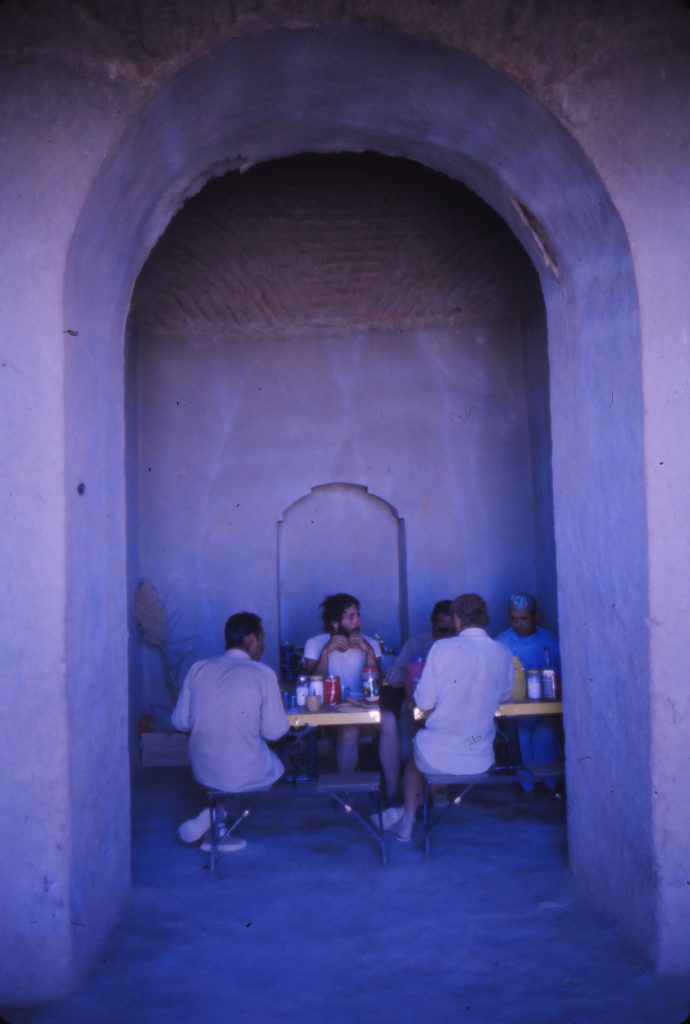
Bill—William B. Trousdale, then a curator of anthropology at the Smithsonian Institution—a spry, 40-something seasoned field archaeologist, was describing the report of the Helmand Sistan Project, our 10 year archaeological survey of Sistan, the 40,000 square mile southwest corner of Afghanistan, that lasted through the 1970s. I was only 23 and signed on to this project to get some field experience for my grad program at University of Michigan.
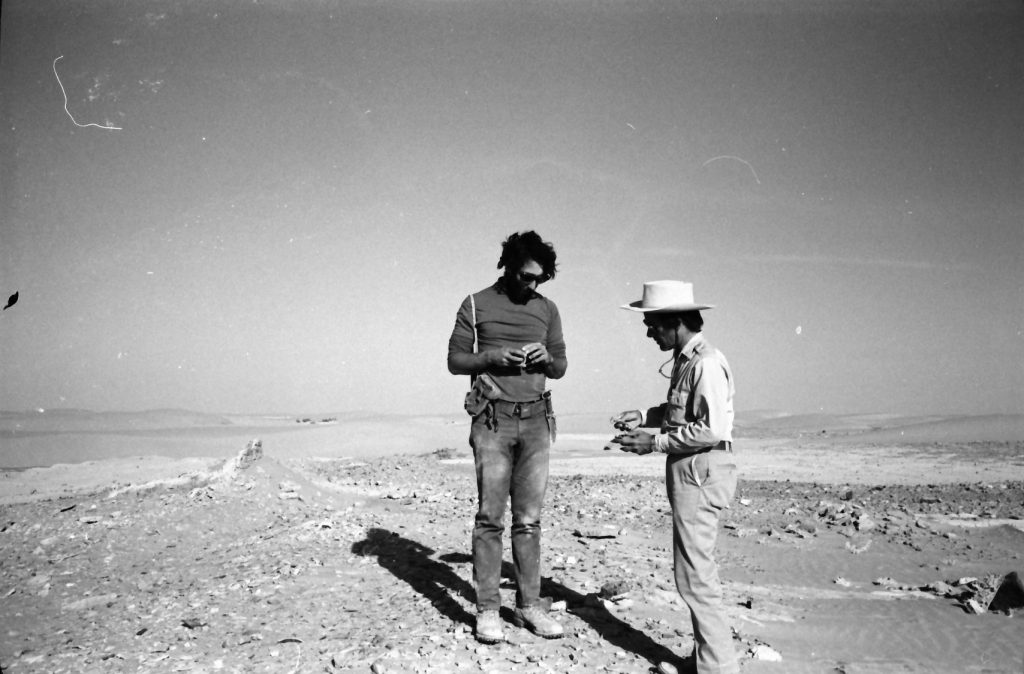

Before finalizing the volume for publication, Bill hoped against hope that the warfare in Afghanistan would end so he could return to answer a hundred open questions about our project when he left the country in 1980. He had also been busy with a dozen other projects—writings by 19th century British soldiers in Afghanistan, a book on Asians swords and scabbard slides, one on military schools (I published that one for him), and a history of the Afghan city of Kandahar. But age had taken its toll, and Bill was clearly not going to finish our book on Sistan. When I retired from publishing and returned to archaeology in 2016, I suggested to Bill that I help him to write up the results of our work of decades earlier.
This month, in a new century, a new millennium, a new Afghan regime, and a new era of archaeology, the book Bill envisioned, The Archaeology of Southwest Afghanistan, will see the light of day from Edinburgh University Press, written by the two of us who sat in Hajji Nafaz’s compound listening to the bats decamping for the night. Bill is 92, I’m over 70, and it has been 40 years since either of us have been to Afghanistan.
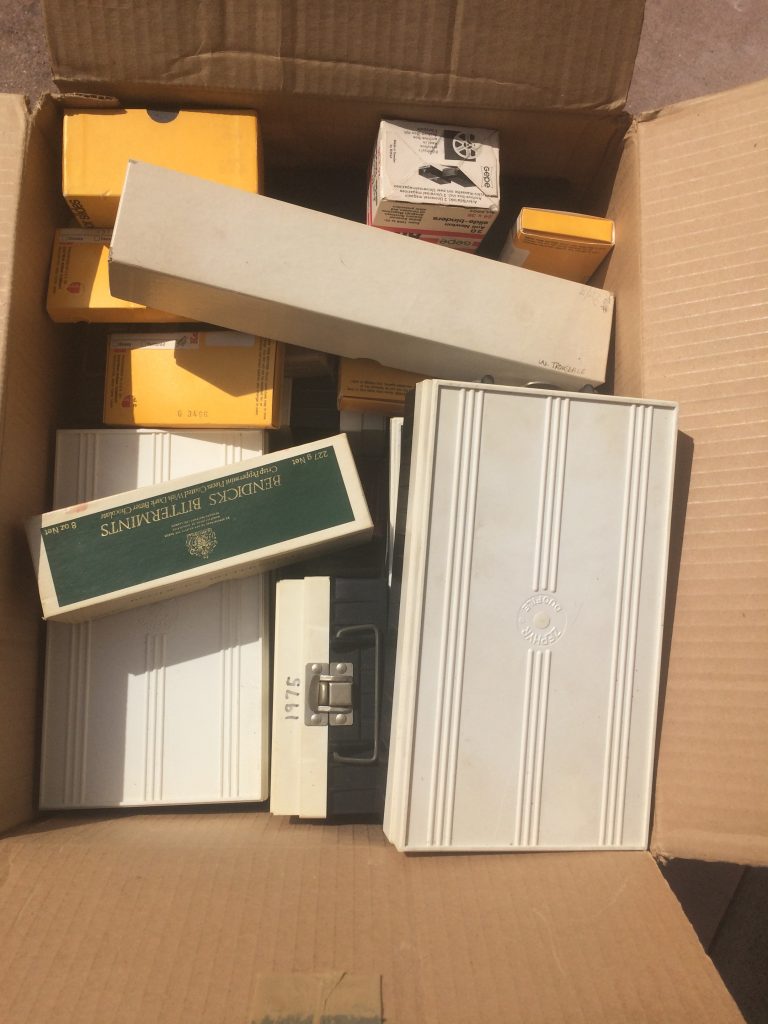
I took what Bill had already begun and began the belabored process of transforming 50 year old field scribblings, done in the days before laptop computers or GIS, into the comprehensive volume Bill had envisioned. The first step was to use my rusty archaeological skills to excavate his Pasadena garage where the 40 field notebooks, 15,000 photographs, 3,000 slides, and hundreds of maps hid in boxes shipped to California after his retirement from the Smithsonian.
The crucial material was intermixed with Bill’s massive collection of research books and papers, objects picked up in street markets over decades of travels through Asia, old maps of Afghanistan, diaries, books, and papers.
Bill’s garage was the most extensive archaeological excavation I have ever done, and possibly the most productive. The project of assembling a small team to scan 30,000 pages of research materials for future use by scholars was equally rewarding.
Most of the ancient artifacts we found in our decade of fieldwork were left in Afghanistan and are now presumed to be casualties of decades of warfare and looting. But in the rush to flee Kabul before the advancing Soviet armies, Bill’s colleagues shipped him a small collection of objects that he had stored at the US embassy, things to be processed on his next annual visit. That collection, now in a Smithsonian warehouse, represents the only tangible evidence of our work. Regular visits to Washington have allowed us to photograph and draw these artifacts to add to our data from the project.
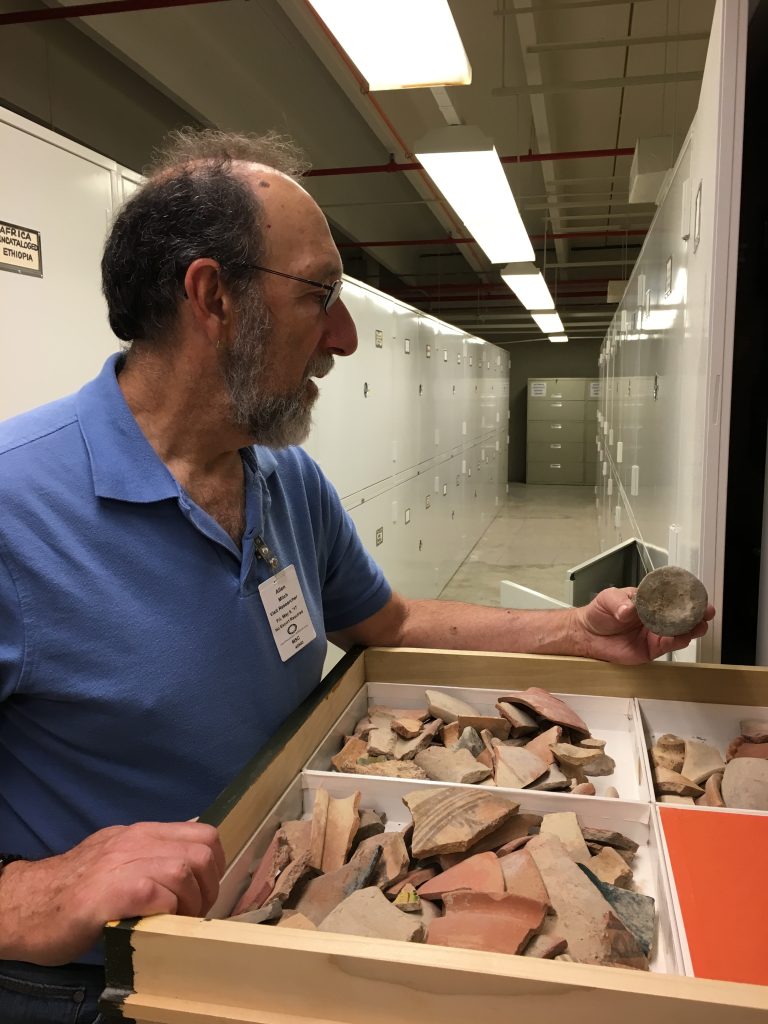
Fifty years have passed. Why would anyone want to read old material like the field report of the 1970s Helmand Sistan Project? For this, I have a simple answer. There is little else. We were not the first researchers to do archaeological work in Afghan Sistan—there had been brief visits by British, French, German, and American scholars before us—but our 10 year survey was the largest, most comprehensive study of the region ever undertaken. And, given the near impossibility of doing fieldwork since then, we had the most recent material for archaeologists, historians, geographers, epigraphers, agricultural engineers, and geologists to mine for their own research projects.
Many of them have expressed interest in our findings. The Helmand River represented one of the few paths between West, Central, and South Asia and figures in many mythical and historical stories of the past. I name drop such familiar names as Zoroaster, Alexander of Macedon, Rustam, Ghenghis Khan, and Tamerlane in talking about the project. It was the home of several lesser-known medieval Islamic empires that stretched from Arabia to India: the Saffarids, the Ghaznavids, the Shansabanis. The physical evidence recorded both clarifies and often challenges the historical narrative of those peoples and eras, previously based largely on historical writings. Bill needn’t have worried about the limits on photographs, the volume contains 1,300 of them.
I failed Bill in one respect. The volume coming from Edinburgh UP this month represents only one of two volumes of the Sistan report. The second volume, now being completed, includes the contributions of numerous other scholars—numismatists, ceramicists, epigraphers, geologists, among others—who examine aspects of the Sistan finds that greatly enrich the results of the project but that could not be amassed as quickly. Those insights will have to wait another year. And I’ll have much more to write on the EUP blog when the time comes.
Like many field projects, the tales of the field are almost as rich as our finds. But one continues to stand out half a century later. Our primary link to the outside world was BBC World Service. We listened nightly to Sarah Ward’s Listener’s Choice. Before embarking into the field each fall, we sent Sarah a postcard and begged her to play our theme song. She accommodated us each year with the tune “I Never Promised You a Rose Garden.”
About the book
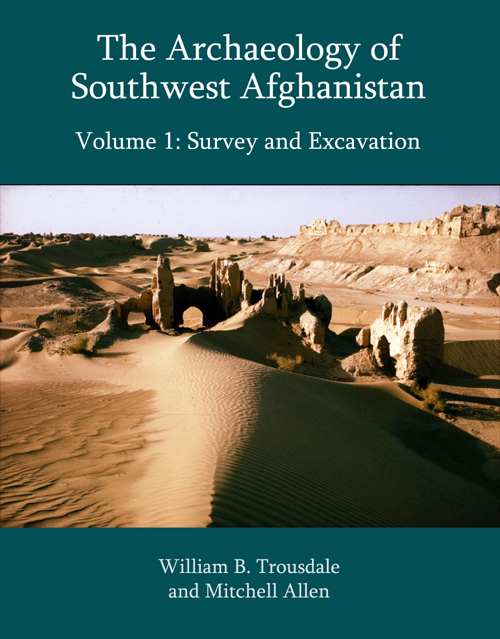
The Archaeology of Southwest Afghanistan is the legacy report of an extensive joint US/Afghan archaeological project in the southwest quadrant of Afghanistan: the Smithsonian Institution/ Afghanistan Institute of Archaeology Helmand-Sistan Archaeological Project, 1971-1976. Volume 1 describes the 200 archaeological sites surveyed or excavated by the survey and their material culture.
Pre-order your copy – Save 30% with discount code NEW30


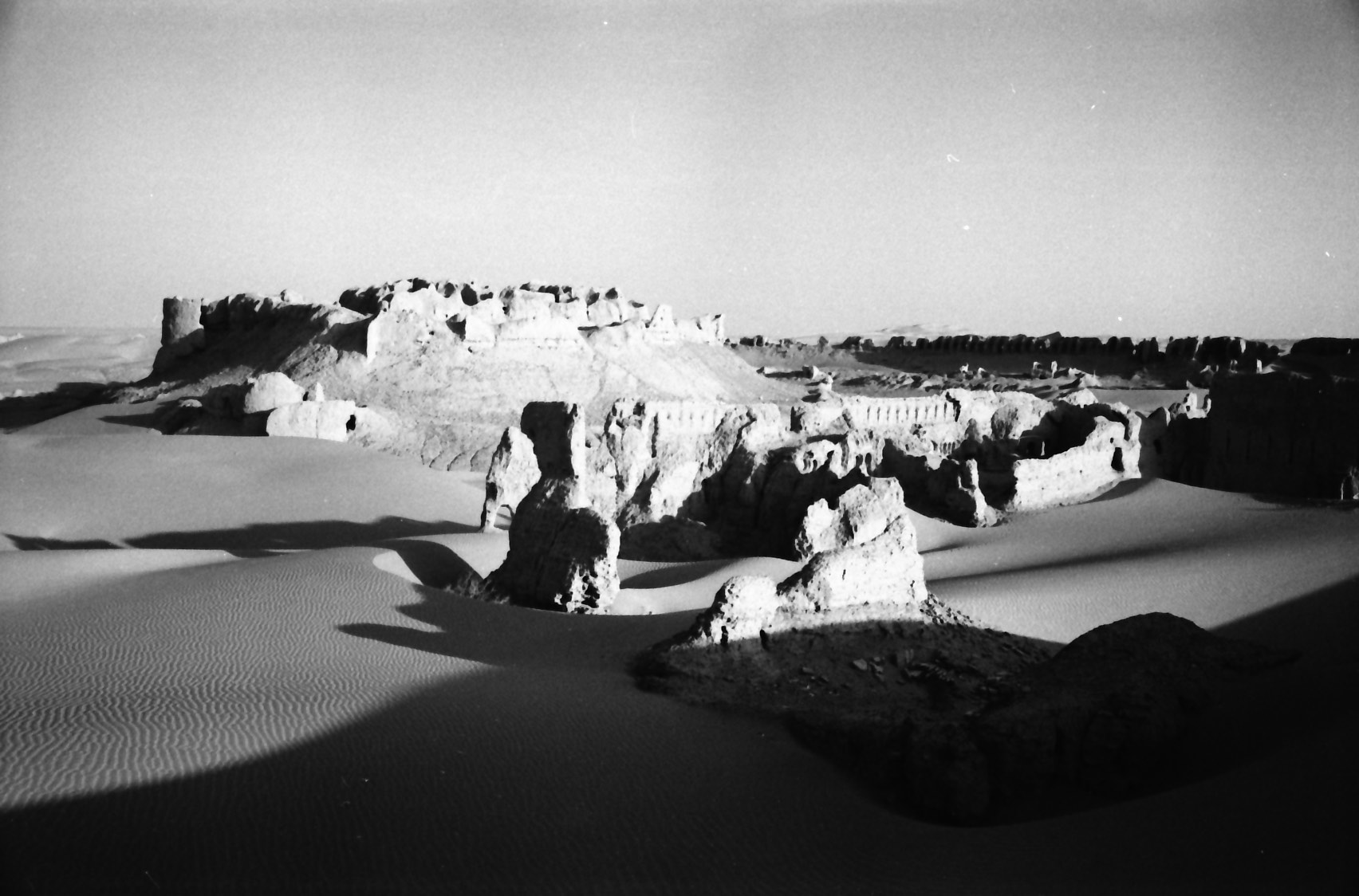

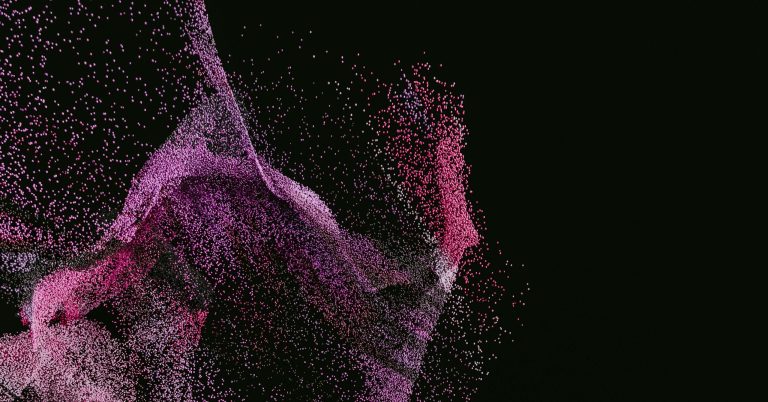

I am an Afghan who currently living in UAE Humanitarian Camp, and we with United State Government evacuated us from Kabul when in 2021 Taliban captured Kabul. As I am a researcher of Afghanistan Art History, your publications will help me a lot on my current book (Afghanistan Art History and Aesthetic) which focus on Afghanistan Islamic and pre Islamic periods.